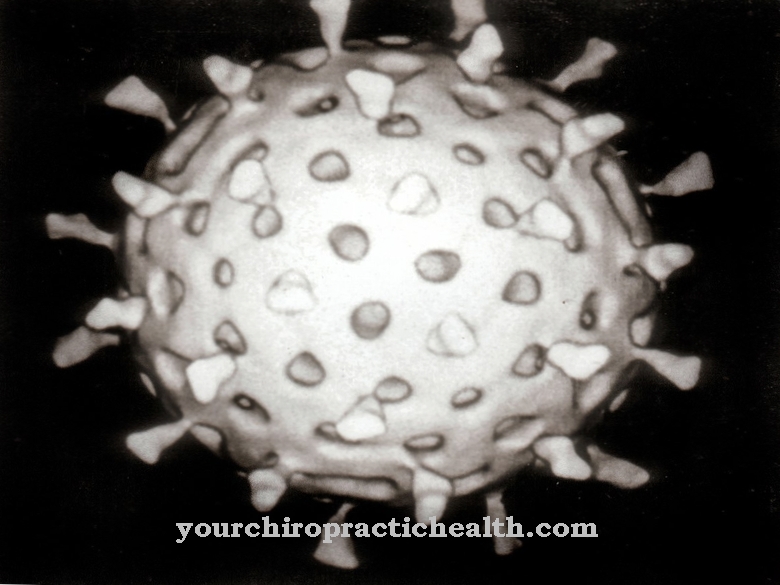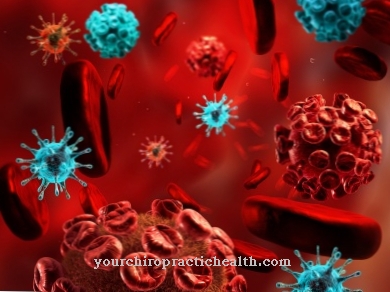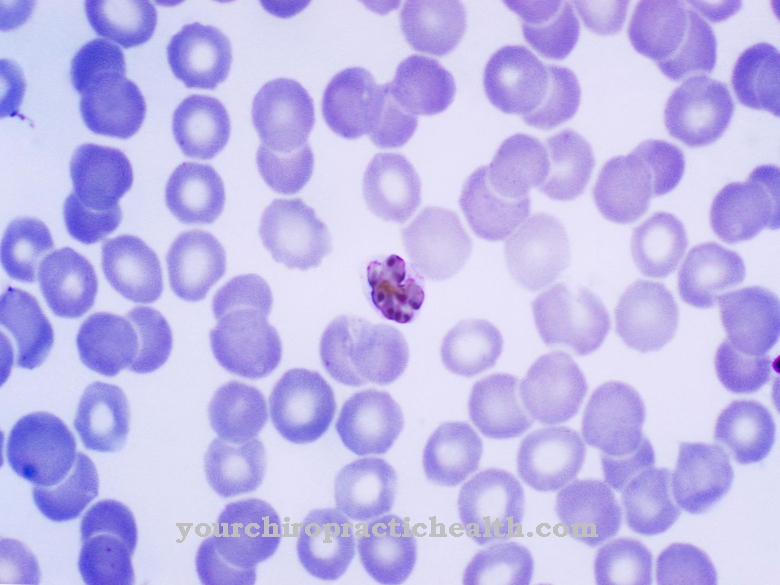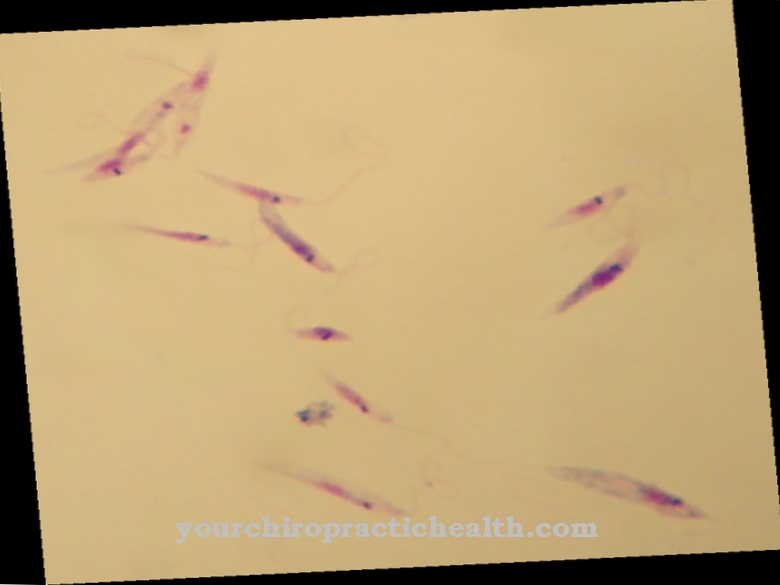Mycoplasma are small cell wallless bacteria that belong to the Mycoplasmataceae family. Among other things, they can cause respiratory diseases in humans.
What are mycoplasmas?
Mycoplasmas are bacteria from the class of the Mollicutes. They are the smallest bacteria that can multiply on their own. They are between 0.3 and 2 micrometers in size. Usually bacteria have a cell wall or a murein layer. However, the mycoplasmas lack this outer covering. They are therefore also referred to as bacteria without a cell wall. The genome, i.e. the totality of all genes, is also rather small in mycoplasma at 600 kbp. As a result, the mycoplasmas cannot carry out many metabolic reactions that are natural in other types of bacteria.
Mycoplasmas prefer aerobic habitats. They can best gain energy under the influence of oxygen. But they also belong to the facultative anaerobic bacteria, so they can manage for a while without oxygen.
The bacteria are pleomorphic. This means that they can adapt their shape depending on the development stage and environmental conditions. However, they are usually in a vesicular shape. The clinically important mycoplasmas include Mycoplasma pneumoniae, Mycoplasma genitalum, Ureaplasma urealyticum, and Mycoplasma fermentans.
Occurrence, Distribution & Properties
The small genome restricts the mycoplasmas in their metabolic processes. They are therefore dependent on a parasitic way of life. In the human body, the small bacteria live as parasites on the surface of epithelial cells.Epithelial tissue lines the inner and outer surfaces of the body. The bacteria inevitably receive nucleotides, amino acids, fatty acids and cholesterol from the epithelial cells. These substances are essential growth factors for mycoplasma.
The pathogen Mycoplasma pneumoniae does not occur in healthy people. It is a highly contagious germ that is transmitted by droplet infection. Epidemics occur particularly in community facilities such as kindergartens or schools. Children are particularly at risk of becoming infected with the pathogen. Your immune system isn't that strong yet. When the germ penetrates the body, it can attach itself to the ciliated epithelium of the respiratory tract with the help of special organelles.
The pathogen Mycoplasma hominis, however, also occurs in healthy people. It lives in the gastrointestinal tract. There, however, he only lives as a commensal. Commensals are living things that feed on food residues in a host organism. In contrast to the parasite, however, they do not harm the host. Basically, Mycoplasma hominis does not cause any pathogenic reactions. However, if the pathogen gets into the genitourinary tract, it can cause urinary tract infections. The same applies to the Mycoplasma genitalium bacterium. As a commensal, it also inhabits the genital and respiratory tract.
Not much is known about the habitats of Mycoplasma fermentans. However, it is found remarkably frequently in HIV patients.
You can find your medication here
➔ Medication for shortness of breath and lung problemsIllnesses & ailments
The pathogen Mycoplasma pneumoniae is highly contagious. An infection with the bacterium usually leads to mild tracheobronchitis, i.e. inflammation of the windpipe and bronchi. A typical symptom of tracheobronchitis is a cough. Obstructive symptoms, such as a stridor, can also occur. These symptoms are caused by the inflammation of the bronchial lining and the resulting swelling and increased mucus production. The cough is dry at first. The more mucus that is produced, the more productive the cough becomes. The sputum is then colored yellow-green. But it can also be thinner. However, an infection with Mycoplasma pneumoniae often manifests itself only as a slight sore throat, so that often no diagnosis is made at all.
Atypical, interstitial pneumonia can develop in younger children. In interstitial pneumonia, it is not the alveoli that are affected, but the interstitium. Acute interstitial pneumonia manifests itself as a cough and severe exhaustion.
The pathogen can not only establish itself in the bronchi, but also manifest itself extrapulmonarily. This can lead to an otitis media, for example. Inflammation of the pancreas, joint inflammations and diseases of the central nervous system such as meningitis or myelitis can also be caused by Mycoplasma pneumoniae. Haemolytic anemia can also develop as part of the infection. Cardiac arrhythmias, rashes and liver inflammation are also possible.
The bacterium Ureaplasma urealyticum can cause various types of inflammation in the urogenital tract. The bacterium is the causative agent of unspecific urethritis. This is also known as non-gonococcal urethritis. It is associated with painful urination and discharge. The bacterium can also cause inflammation of the bladder and prostate. Typical symptoms of a cystitis are pain and burning sensation when urinating, frequent urination with small amounts of urine, bladder spasms, blood in the urine, pain in the abdomen and, in severe cases, fever.
Inflammation of the prostate (prostatitis) is also manifested by pain when urinating. As with cystitis, those affected suffer from frequent urination. In addition, there are urinary outflow disorders, pain in the penis, testicles and perineum and pain during and after ejaculation.
The bacterium Ureaplasma urealyticum can also cause neonatal sepsis. It is a systemic infection of the newborn. Especially premature babies and children with a low birth weight can become infected with the bacteria at birth.
Due to the lack of a cell wall, antibiotics that attach to the bacterial cell wall cannot work on mycoplasma. For the treatment of mycoplasma infections, macrolides or quinolones must therefore be used. Even though the side effects of quinolones and macrolides are often more serious than the side effects of antibiotic drugs.



























